MORE and more businesses are setting up hubs in Asia to tap into the region’s market for food and beverage. Manufacturers from Europe and the United States have representative offices and facilities in Singapore, Malaysia, China, and India, among others, to be able to address their customers’ needs at the shortest possible time.
The growth of the food and beverage industry in Southeast Asia alone attracts multitude of investments in new equipment, modern processing methods, agrifood technology, supply chain management. The region’s food processing equipment market is expected to reach USD 1,152 million by 2023 according to market research, as manufacturers require safer but economical machinery and processes. Most companies in Southeast Asia are small and medium size operating on mechanical processes and relying on manual labour. But the message they are likely to hear over and over is simply to optimise parts or all of their processes in order to get the most out of their production.
New technologies being brought in by companies from Germany, Italy, the US, and other countries from the West not only aim to address lead times, cost reduction, food safety issues, and changing trends. They are meant to complement the goal of manufacturers toward the sound use of finite resources. Therefore, waste reduction will remain high on the agenda in 2020 and beyond.
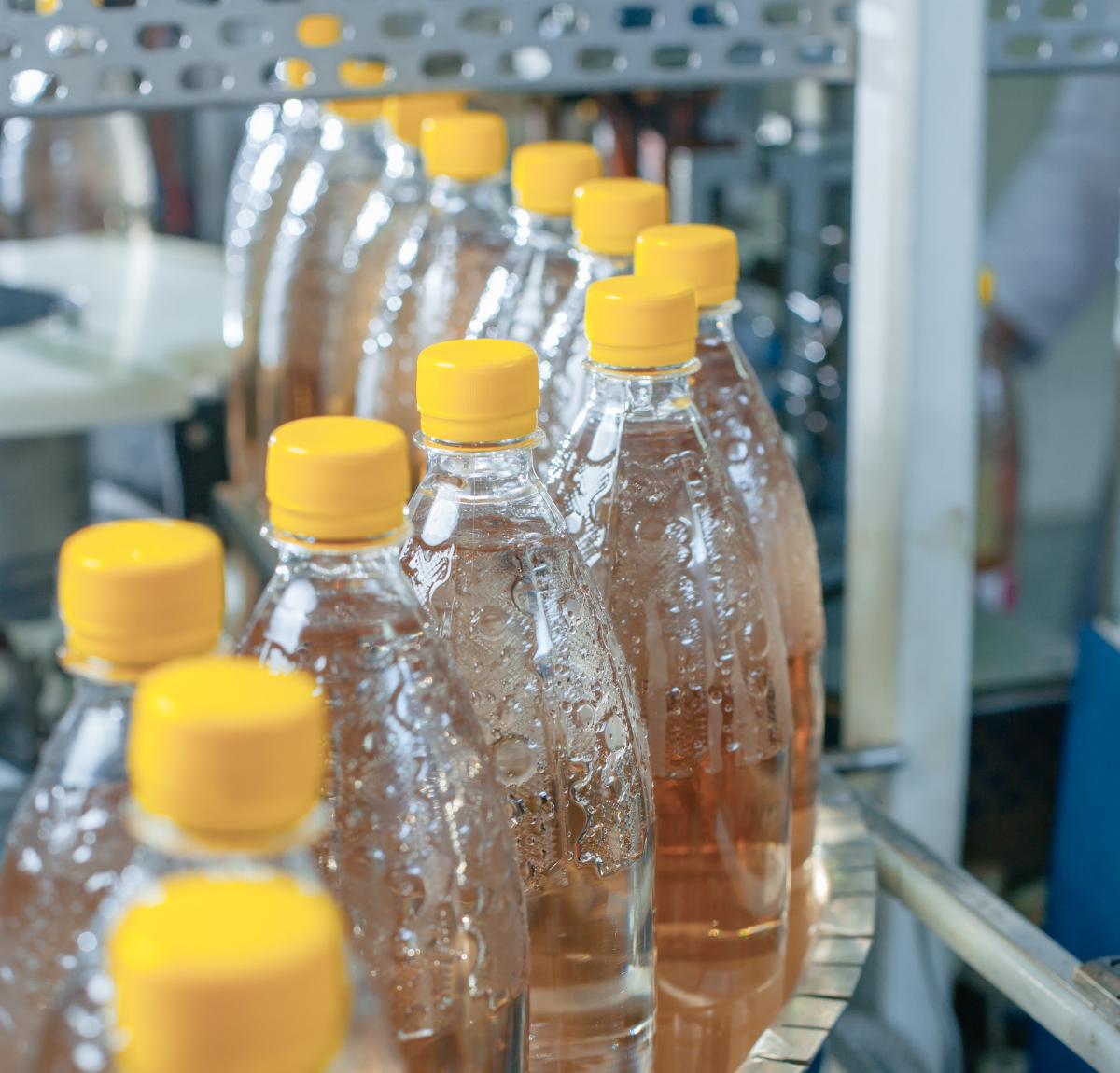
Managing resources, especially of water, is critical in production (Photo: Dreamstime.com)
Waste reduction in processing
Minimising waste during processing and packaging is critical for industry players. Large food and beverage companies continue to lead the way, as expected, but for SMEs the series of steps toward sustainability requires a good deal of effort and wise investment.
No one wants to deal with scraps, damaged products, wasted raw materials, and recalled products, so it is necessary to know what stages of the process need updating.
Companies that use marinades for example, know they lose marinade during production. To address this issue, Ishida Europe designed a marinating system which, consisting of the company’s multihead weighers, mini-drums, and volumetric filling machine, weigh the products first before these are marinated and sent to the packing system. This method prevents marinade from sticking to the weighing equipment. It also ensures that only the accurate amount of products are marinated.
Cutting wastage during fruit puree production can be a challenge as well. In fact, products have to meet strict quality standards for safety, colour and other specifications. Using the same machines to process different fruits can lead to quality loss due to contamination of peel and juice or the merging of different colours and flavours. Using a dedicated machine for a specific fruit can prevent product reject, according to Bertuzzi Food Processing which customises machinery for tropical fruits processing.
Using resources wisely has been key in production. Water the most important resource in food and beverage, is processed for potability. Water treatment and purification steps recover used water or produce high quality water coming from different sources, even from within a company’s facilities.
In a previous interview with Michael Poonpipat, Business Development Director, at Veolia Water Technologies, Thailand, he noted that APAC’s food and beverage processing industry will generate the highest growth at a five-year CAGR of 7.4% to generate nearly USD 3 billion by 2020. “This growth comes about due to growing interest in frozen food from countries like China, India, Korea, and Japan – which subsequently drives regional demand for membrane technologies to maintain the taste and safeguard the integrity of food items.”

Michael Poonpipat, Business Development Director, at Veolia Water Technologies
While some may see wastewater treatment as unviable or a burden, Mr Poonpipat says, “times are changing and we see more companies engaging professional water solutions providers to integrate advanced wastewater technologies. The manufacturers of today are savvy and they understand that the derived benefits of wastewater treatment far outweigh the perceived challenges.” He said it has a positive impact on the environment and the potential to generate alternative source of fuel from biogas, which increases the diversity and security of electricity sources.
Recently, Veolia through business unit SOLYS, also introduced NURION™, an ingredient water compliant Reverse Osmosis system for food and beverage, especially infant formula and soft drinks.
Meanwhile the Italian company A Due which has been working with manufacturers such as Coca-Cola and Nestle, offers technologies that process undrinkable water for production of beverages. It customises treatment systems using different technologies such as ultrafiltration, reverse osmosis systems, activated carbon filters, and UV sterilisation.
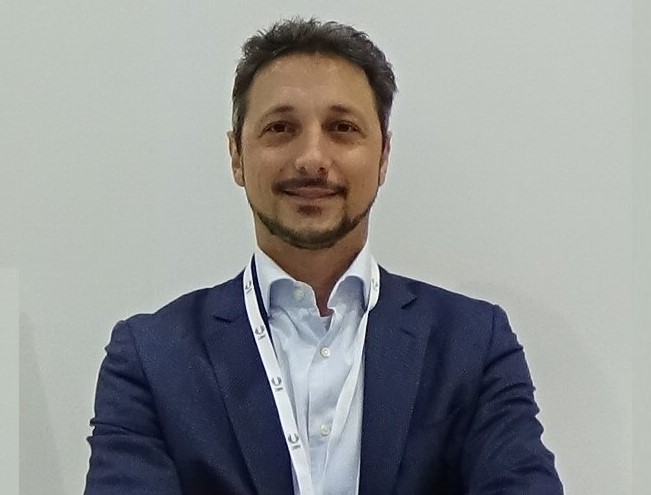
Roberto Sommi, Frigel sales director for PET & Beverage
Reducing water consumption is vital in production. For beverage processing and packaging, Frigel Firenze S.p.A. has for the past year promoted its Ecodry cooling system as a replacement for cooling towers, to markets in Asia. The highly environment-friendly system works at virtually zero water consumption.
Roberto Sommi, Frigel sales director for PET & Beverage, foresees positive outlook in next five years in Asia, and sees growth in Southeast Asia particularly Vietnam, the Philippines, and Indonesia.
“All in all, the outlook for Frigel for the next year remains very strong. The beverage market is very much alive, and process cooling requirements are growing. In fact, looking a little bit more ahead, the outlook for the next five years is positive with a very good growth rate,” he said.
In an interview during Ringier Trade Media Ltd’s conference Asia Manufacturing Summit in Jakarta, Kirby Johnson, Frigel sales director agrees their business in Asia has been growing for the past five years he has been with the company. This is the reason Frigel is increasing its investments in the region, he said.
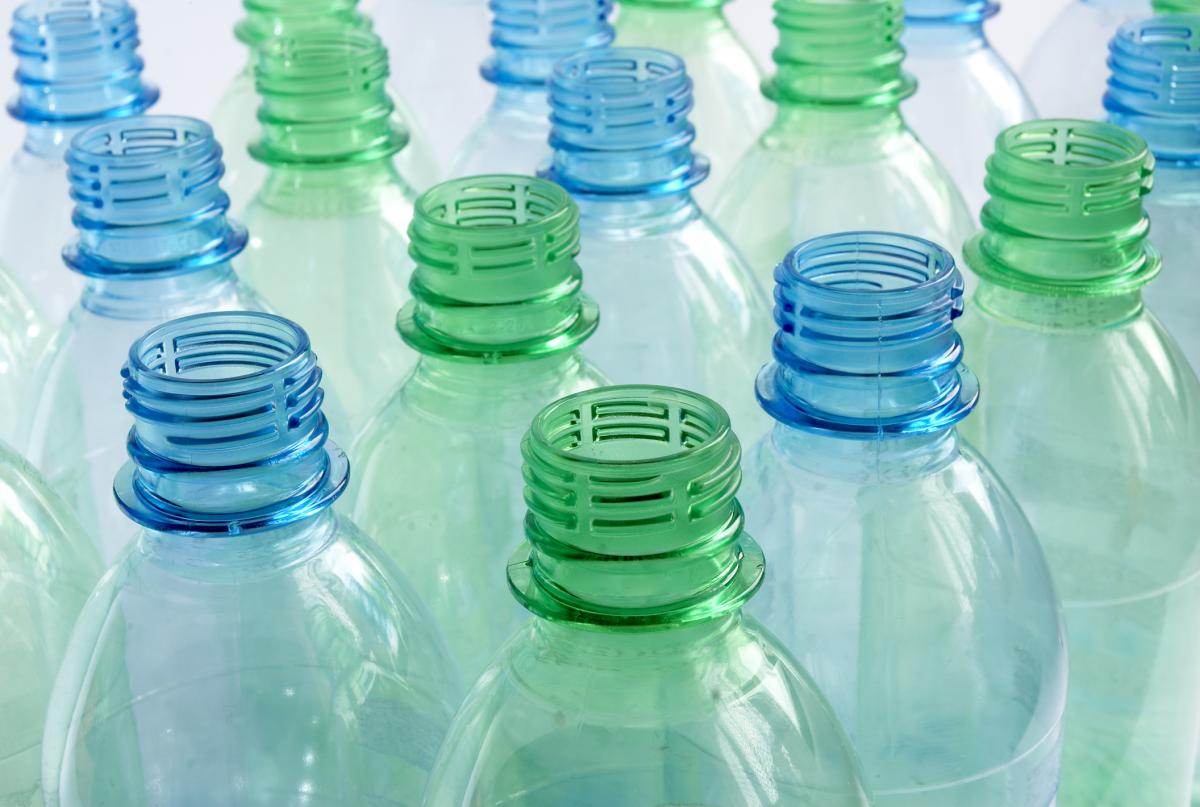
An evolution of packaging - recycled plastic bottles will be the norm (Photo: Dreamstime.com)
Advances in packaging
Food and beverage manufacturers seek packaging that not only protect their products, attract customers, and minimise cost; innovation has to be associated with sustainability and recyclability. Manufacturers want to use less materials in their packaging, and to reduce packaging per product. Therefore, the interest is in lightweight bottles, recycled plastic, other biodegradable materials, aside from better labelling.
The big F&B companies have been announcing their use of recycled materials for their packaging, and they have been pushing for the use of more recycled plastic. As Unilever CEO Alan Jope was quoted in a press report, “Plastic has its place, but that place is not in the environment. We can only eliminate plastic waste by acting fast and taking radical action at all points in the plastic cycle.”
The future will see an evolution of packaging. Take for instance the HybridBottle™ used in the water brand DASANI®. The package is made from 50% plant-based material and recycled PET, and one that supports Coca-Cola’s “World Without Waste” programme. The beverage company aims to make its bottles 50% recycled by 2030.
PepsiCo, Inc. has targeted 2025 as the year 100% of its packaging will be recyclable, compostable, or biodegradable and will use 25% recycled plastic content in all its plastic packaging.
The company now uses 100% rPET (recycled polyethylene terephthalate) for its LIFEWTR, and said its bubly will no longer be packaged in plastic. Its AQUAFINA® water brand will be offered aluminum can packaging while only in the US.
Unilever says by 2025 it plans to “halve its use of virgin plastic, by reducing its absolute use of plastic packaging by more than 100,000 tonnes and accelerating its use of recycled plastic and help collect and process more plastic packaging than it sells.
Besides this, Unilever has made a breakthrough with biodegradable tea bags, using plant-based material derived from corn starch. The company’s SariMelati and SariMurni teas in Indonesia, as well as other teas sold in other countries adapt the manufacturing process to use plant-based materials.
For its part, Nestlé said it aims to stop plastic leakage into the environment across its global operations to achieve plastic neutrality. It is a partner of Indonesia-based Project STOP, an initiative to prevent the leakage of plastic into the ocean by developing partnerships with cities and governments in Southeast Asia. Created by Borealis and SYSTEMIQ, Project STOP is creating sustainable, circular and low-cost waste.
Aside from this, the food conglomerate partnered with Veolia to work on waste collection, sorting and recycling of plastic material for flexible plastic packaging.
Potential in recycling plastics
With Asia contributing to most of the plastics in oceans, swift action must be undertaken. Hence, recycled pet or rPET for food and beverage use has tremendous potential to grow in the region.
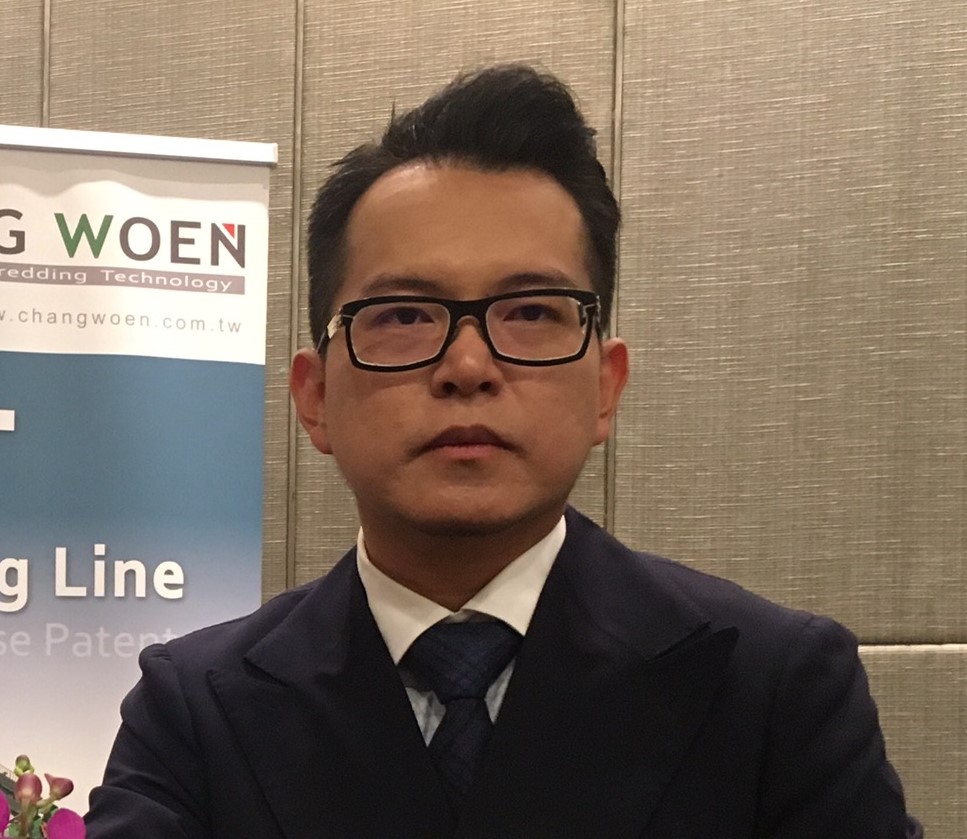
Ted Kao, Chang Woen Manchinery marketing manager
Chang Woen marketing manager Ted Kao believes this is so. “With the plastic waste import ban in China, there has been a shift in recycling opportunities and business. Other countries such as Japan, Taiwan and Hong Kong are looking to improve their in-house capability to handle waste domestically instead of exporting to China. Companies in these countries and in other areas of the world are therefore looking for high-quality machines to meet international regulations. But beyond obtaining the right machinery, they have to learn the process. They have to make sure quality is achieved; they have to improve the process of the washing line and the entire recycling system for that matter.”
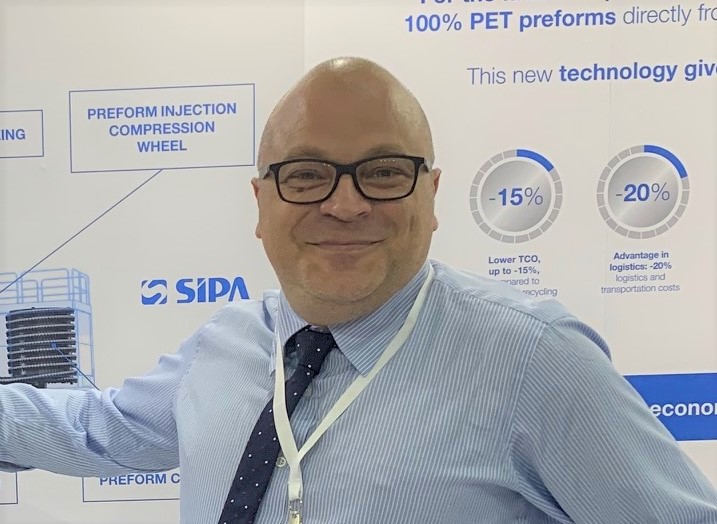
Gianfranco Perricci, SIPA regional manager for India and Southeast Asia
Gianfranco Perricci, SIPA’s regional manager for India and Southeast Asia, is also confident in the market. He said that even as rPET takes much energy and time, and is still costly for manufacturers, it is the path forward. He said, “that’s where we are going eventually anyway –recycled materials and products. Everybody has already announced that by 2020 and 2022, 30% and 40%, respectively, of packaging will use recycled materials, and that by 2030, 50% or even 100% for some customers will use packaging using recycling.”
Going lean with packaging
In 2020 and beyond, manufacturers will need to use less packaging as well - perhaps not as easy to do because they have to make sure that first and foremost their choice of packaging protects their product until it reaches the consumer. But going minimal is important, more so in the future as consumers also want to buy products that come in sustainable packaging. Manufacturers can opt for packaging designs that are simple and eco-friendly but still allow their brands to stand out on the shelves.
One of the trending options is the use of edible packaging to cut waste. Developments in this area continue with the likes of sandwich wrappers that can be eaten, packaging that's part of confectionery, and so on. Packaging experts are looking at materials such as seaweed, rice paper, and tomatoes for edible packaging.
Zoom Lebron XIII 13














